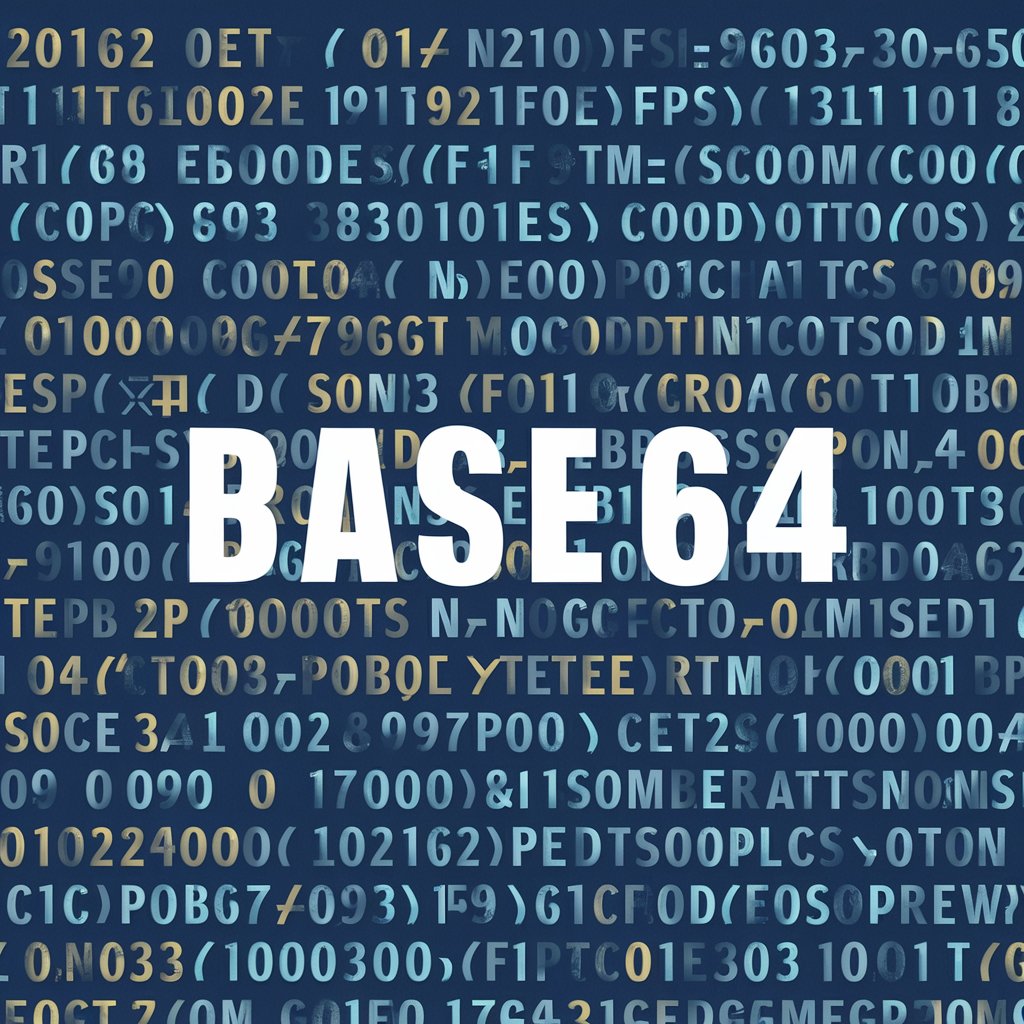Base64 encoding is a method used to encode binary data into a text format using a specific base64 alphabet. It is commonly used to ensure that data remains intact during transport over media that are designed to handle textual data. Here's a detailed explanation:

Key Features of Base64 Encoding
-
Alphabet: Base64 uses an alphabet of 64 characters:
- Uppercase letters (A-Z)
- Lowercase letters (a-z)
- Digits (0-9)
- Plus (+) and slash (/)
-
Padding: The base64 encoding process can result in output that is not a multiple of 4 characters. To address this, padding characters (
=) are used at the end of the encoded output to make the length a multiple of 4. -
Binary to Text: It converts binary data into a string of ASCII characters, which ensures that the data can be safely transmitted through text-based protocols such as email and HTTP.
How Base64 Encoding Works
-
Binary Input: Take the binary data and group it into chunks of 3 bytes (24 bits).
-
Convert to 6-bit Groups: Each 24-bit group is then divided into four 6-bit groups.
-
Map to Alphabet: Each 6-bit group is mapped to a character in the base64 alphabet.
For example, let's encode the word "Man" using base64 encoding:
- Binary representation of "Man":
01001101 01100001 01101110 - Divide into 6-bit groups:
010011 010110 000101 101110 - Map to base64 characters:
TWFu
Applications of Base64 Encoding
- Data Transmission: Ensures data integrity during transmission over text-based protocols.
- Embedding Data: Used to embed binary data within text formats, such as embedding images in HTML or CSS files.
Advantages and Limitations
Base64 encoding is easy to implement and widely supported, but it increases the size of the encoded data by about 33%, which can be a drawback for large files.
